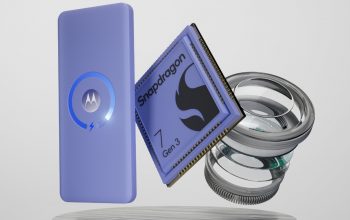A meteor that hit Earth in January 2014 did come from another solar system and has therefore become the first known interstellar object, scientists have confirmed.
The US Space Command took to Twitter to confirm the news and shared a memo regarding the work of Harvard astronomers Amir Siraj and Abraham Loeb.
The department said that the velocity and trajectory of the meteor, measuring just 1.5 feet, suggested the space rock was extrasolar in origins.
NASA had stated that the meteor lit up skies near Manus Island, Papua New Guinea on 8 January 2014 whilst travelling at more than 1,00,000 miles per hour.
“I had the pleasure of signing a memo with @ussfspoc ’s Chief Scientist, Dr. Mozer, to confirm that a previously-detected interstellar object was indeed an interstellar object, a confirmation that assisted the broader astronomical community,” said Lt Gen John Shaw, the deputy commander of the USSC.
The latest discovery means that the famous interstellar object known as Oumuamua, discovered in 2017, has now become the second interstellar object to visit our solar system.
The memo shared signs off findings from US Space Command chief scientist Dr Joel Mozer and suggest that Oumuamua will not be the last interstellar visitor.
A paper regarding this was written by Dr Siraj and Dr Loeb, which reported the meteor as originating from interstellar space with “99.999 per cent confidence”.
They calculated that the Earth is struck by an extrasolar meteor around once a decade, with more than 450 million such meteors striking our planet over its lifespan so far.
The researchers even believe that such interstellar emissaries could carry evidence of alien life. “Potentially, interstellar meteors could deliver life from another planetary system and mediate panspermia,” according to The Independent.
They have also argued that Oumuamua could have been a form of Alien technology, rather than an extrasolar asteroid.
But Dr Siraj and Dr Loeb, even after posting their paper to the scientific preprint server ArXiv, have so far been unable to get it published in a peer-reviewed journal because of its reliance on data from some sensors used by the US Department of Defence.
The new USSC memo may help get the paper out.







